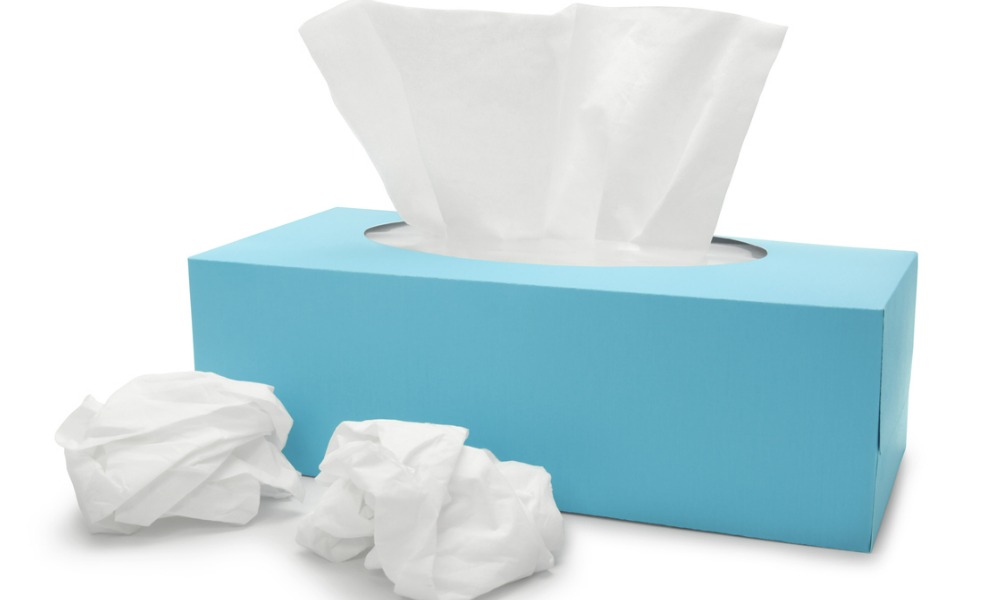
Many employees feel guilty – but many also fake an illness, including HR

American workers are not using their sick leaves, even when they should be.
Nearly all US workers (89%) have worked through an illness in the last year, according to a report from BambooHR.
Nearly half (49%) did it multiple times and 25% did it at least once. Some even did it nearly every time they are sick (11%) or every time they are sick (4%).
Nearly half have worked when sick (46%) when they probably shouldn’t have, found the survey of 1,500 adults in the United States who are full-time office or knowledge workers.
“This may be due to a lack of adequate paid sick leave. In 2022, the Bureau of Labor and Statistics reported that 77% of private industry workers have access to paid sick leave — leaving close to one-quarter of workers without any paid sick time,” said BambooHR.
Read next: BambooHR review looks at who this HR software helps
Some workers (64%) are so scared of calling in sick that they experienced negative emotions when calling out of work. They felt stressed (40%), anxious (39%), guilty (35%) and fearful (17%).
Half of workers (50%) said they only experience negative emotions when requesting sick time.
“The remote situation post-COVID-19 has made [managing sick leave policies] worse," said Anita Grantham, BambooHR’s Head of HR. "You can be at home and still be on work calls. But working when ill doesn't serve the person, the company, or the customer.”
Under the amended California Family Rights Act (CFRA), an employee may take unpaid leave to care for a “designated person,” defined as “any individual related by blood or whose association with the employee is the equivalent of a family relationship.” Under the amended California's Healthy Workplaces Healthy Families Act (HWHFA), an employee may take paid leave to care for a “designated person,” defined as “a person identified by the employee at the time the employee requests paid sick days.”
Two in five workers (40%) felt insecure taking sick time because others may assume they’re faking it, according to the BambooHR report.
“Given the high levels of guilt and stress workers feel around sick time, policy transparency is paramount in empowering workers to use their sick leave,” said BambooHR. “You can’t plan for every unique case, but reclassifying sick time under a broader definition, like ‘wellness time,’ can help employees feel more comfortable taking sick days for both mental and physical health reasons.”
About three-quarters (74%) of workers say the ability to work virtually makes it easier to take a vacation from work, according to a previous Ceridian survey.
Another problem preventing workers from taking sick days is the likelihood of requests being rejected. Specifically, 25% of workers have been pressured or explicitly asked to work while sick, according to BambooHR’s report tiled Guilty Until Proven Sick: Why US Workers Don't Take Sick Leave (2023 Data).
Also, most managers (77%) have suspected a sick-day faker on their roster. And 82% of HR managers have suspected someone they manage isn’t actually physically sick when calling out.
For some, the skepticism is well-earned: 43% of workers have taken at least one sick day when they weren’t actually physically sick in the last 12 months.
Ironically, more HR pros (51%) say they’ve taken a sick day in the last 12 months when they weren’t actually sick.
To address this process, BambooHR suggested that employers create explicit policies on what managers can and can’t ask when an employee takes sick days.
Here are some questions to think about, according to the company: